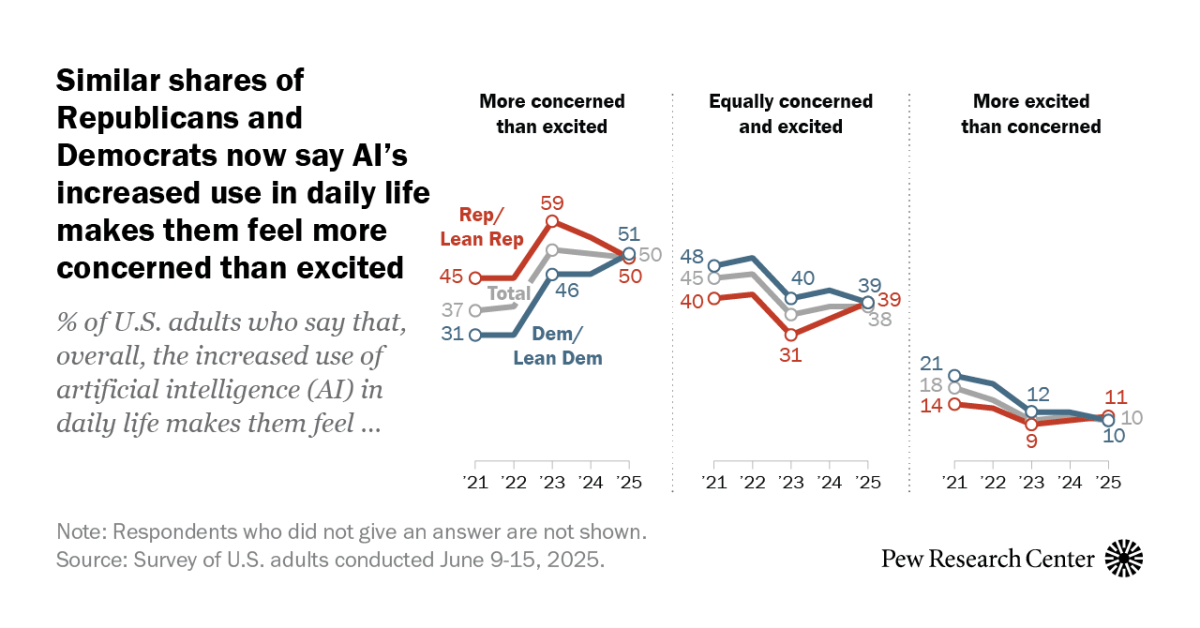As organizations go through layoffs, IT leaders face the difficult task of notifying team members about job losses. During a reduction in force (RIF), stress, anxiety, and uncertainty run high, exactly when employees need to be most agile and resilient.
Layoffs take a toll on everyone, including departing employees, retained employees, and managers responsible for communicating workforce reductions and leading people and teams after the RIF action takes place.
In conversations with team members about the RIF, you will see different reactions depending on personal circumstances, current stressors, and other work experiences. How people respond will depend on what they’re thinking. Some will go straight to anxiety because they’re scanning for future threats. Others may get angry because their first thought is that this isn’t fair. Some will focus on the loss their separation represents and feel sad, while others might go to embarrassment, because, for them, it’s all about the loss of standing with others. Realizing that all of us have developed thinking styles over time will help managers to have empathy and remain calm while delivering bad news.
[ Related read: 5 top workforce concerns for CIOs. ]
Layoffs are challenging and uncomfortable for everyone involved, and it is important to have the skills and resources needed to support employees through this process. One way organizations can get ahead of the curve is to protectively upskill their employees in the cognitive skills of resilience. You can help your team members during times of uncertainty by building individual skills of resilience and developing resilient cultures.
Here are three key skills that can help IT leaders effectively support employees during a workforce reduction:
1. Recognize and understand emotional reactions
Be aware of the different emotional reactions that employees may have during this process. These reactions can vary based on personal circumstances, current stressors, and previous work experiences. Recognizing that the reactions are based on each individual’s established default thinking styles will help you be empathetic and calm and not personalize the reactions.
2. Practice self-care
Remember that layoffs and job losses are beyond your control, and practicing self-care in the coming weeks and months is essential. Creating a self-care plan, such as sleeping well, staying hydrated, and taking breaks, can help you manage your stress and emotions during difficult times.
One of the biggest threats to self-care is our beliefs about how the world should be and how we should be in the world. Often leaders believe, “It’s my job to make sure people are happy” and “I should be able to take care of everyone.” These beliefs lead to compassion fatigue during layoffs, so be aware of them and navigate around them.
3. Take advantage of available resources
Leverage HR business partners and company well-being resources during this process. This may include utilizing the company’s support services, counseling, or training programs. It is important to seek support from the organization and its resources to help throughout this process.
Managing workforce reduction is a challenging and emotional experience for all. By recognizing and understanding employee reactions, practicing self-care, and taking advantage of available resources, you can support your employees and navigate the layoff process with compassion, empathy, and resilience.
[ Ready to level up your communication skills? Get advice from IT leaders. Download our Ebook: 10 resources to make you a better communicator. ]




